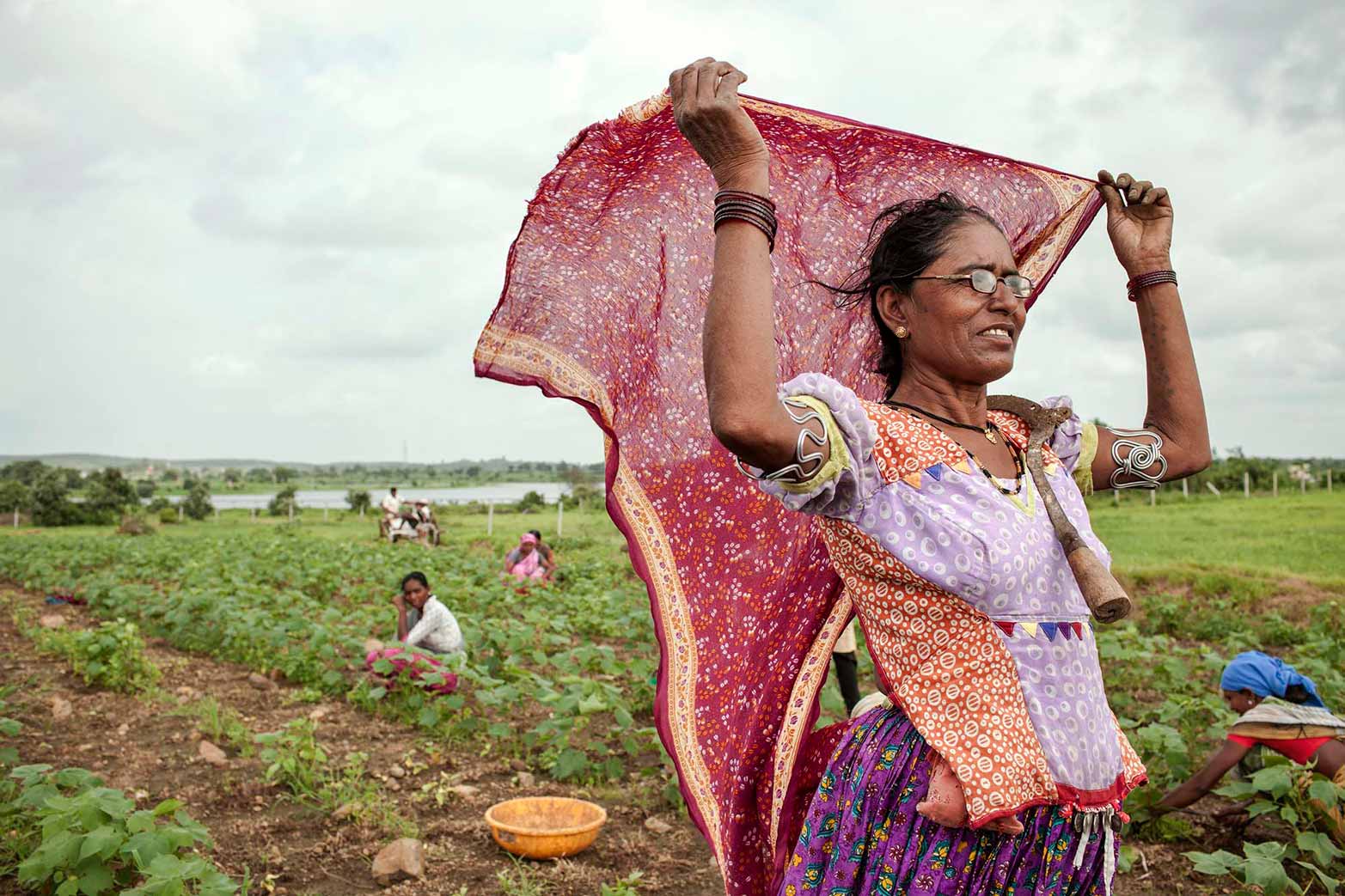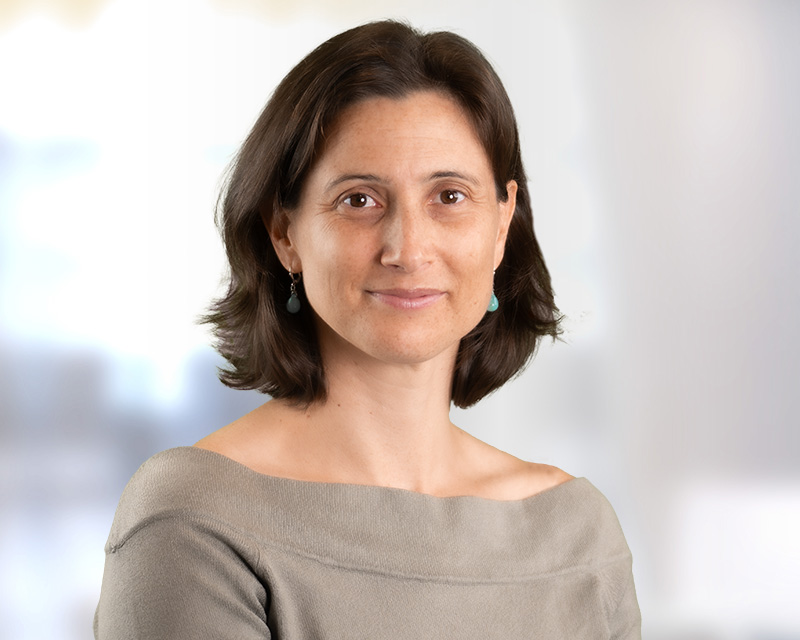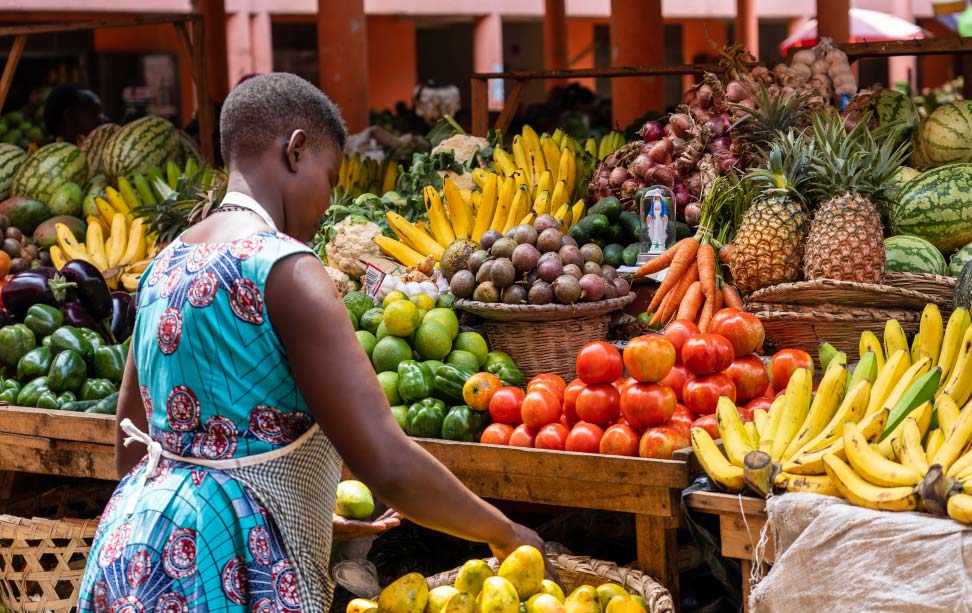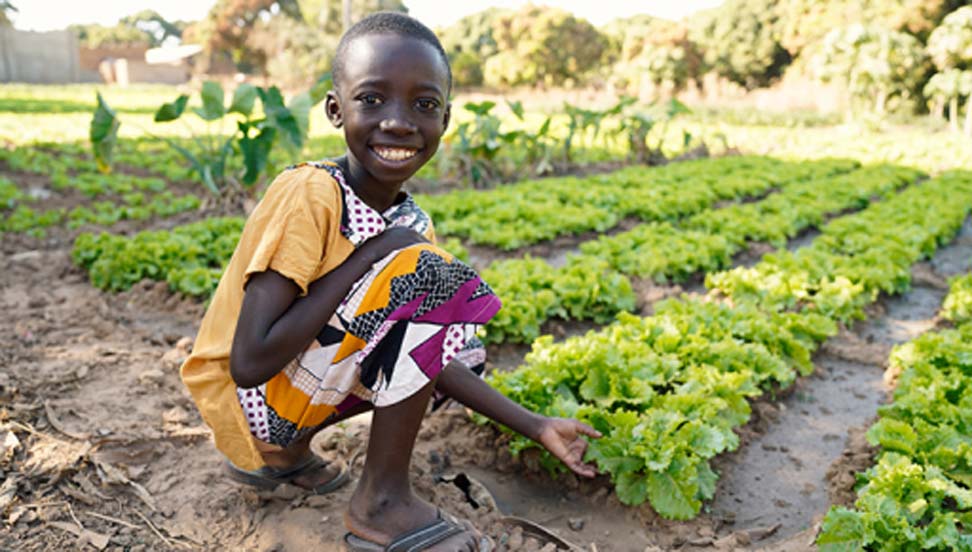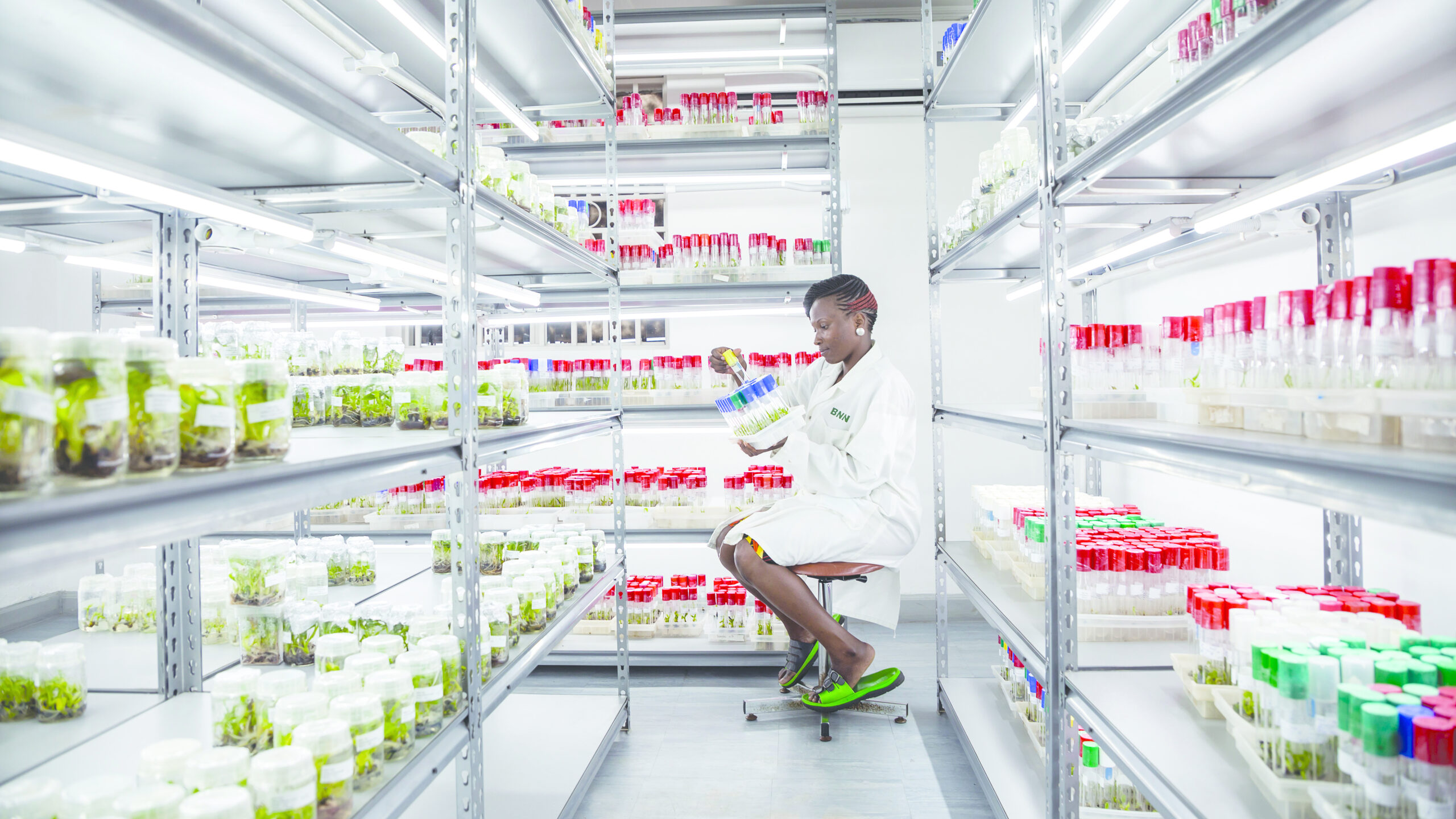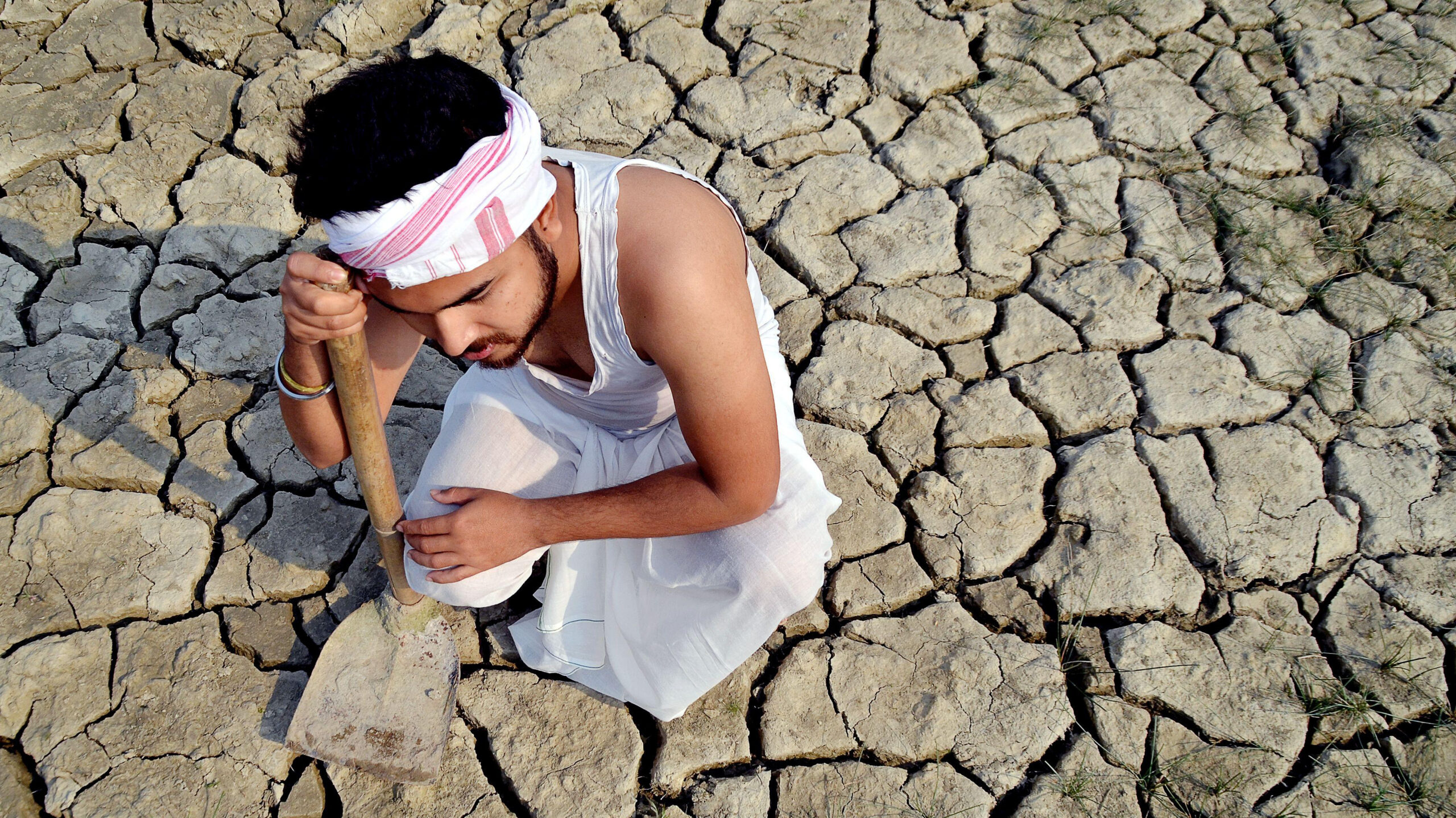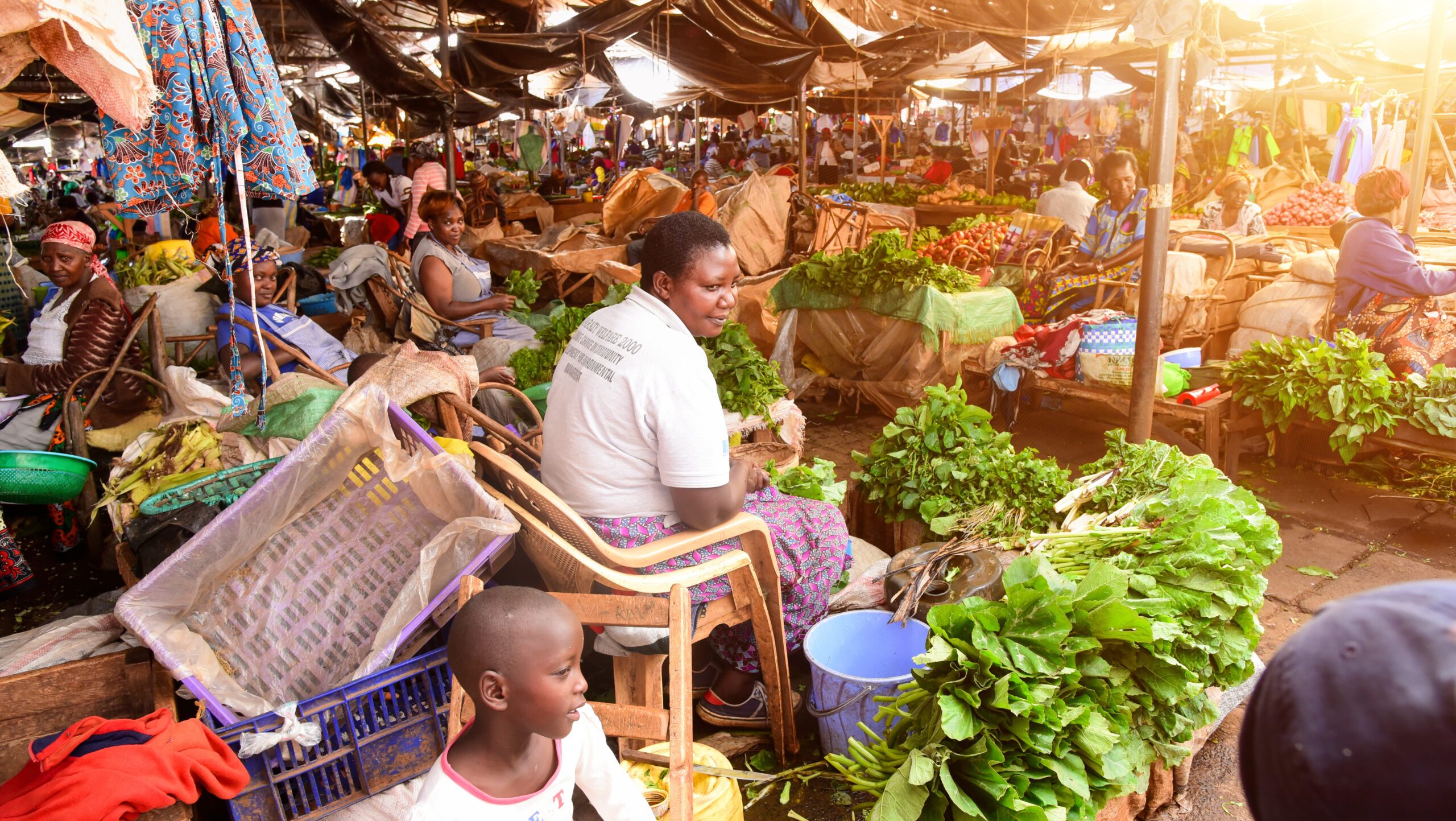The future of agrifood science was in full view at CGIAR Science Week in Nairobi, Kenya, in April. Expert panels devoted to climate adaptation, digital innovation, soil health, equity, and food systems transformation brimmed with ambition and sophistication. There was much to celebrate: New tools, new partnerships, and bold visions of what research can deliver in the face of deepening global challenges.
But underneath the optimism were troubling questions acknowledged in private conversations but rarely spoken aloud in the main sessions.
How will the current drop in overseas development assistance (ODA) affect agrifood science?
What happens if—as expected—the foundational funding model that has sustained agrifood research in low- and middle-income countries (LMICs) for decades continues to erode?
Given the uncertainty about the future of ODA funding, perhaps the silence around these questions was understandable. But there is no escaping the need for answers.
Hidden risks
ODA has played a foundational role in shaping agrifood science over the last 50 years. It enabled the formation of global research centers, regional institutions, and national programs that drove the Green Revolution, helped countries respond to food crises, brought innovations to millions of farmers, and made food more affordable to millions of consumers.
In large part, this architecture was built on the assumption of stable and generous aid flows. Today, that assumption no longer holds. Donor countries are increasingly navigating their own fiscal constraints, more vocal demands to attend to domestic constituencies, and a growing sense of urgency around vulnerabilities to new global threats—from geopolitics to migration to pandemics.
ODA fell by 7.1% between 2023 and 2024, and is projected to decline by a further 7.9% in 2025. As it falls, the funding base for agrifood research—the kind of global public goods research that neither companies will invest in nor, in many cases, individual countries can invest in on their own—is becoming increasingly fragile. At risk is the continuity, relevance, and long-term vision of the very science we now rely on to respond to adverse weather events and climate change, food and nutrition insecurity, and social and economic inequality.
A moment of reckoning and opportunity
The cracks are already visible. Long-term, systems-oriented research is in decline; short-term, projectized initiatives are surging. National agricultural research systems in many LMICs are underfunded, fragmented, and struggling to retain talent. Regional institutions lack stable financing. And global platforms such as CGIAR are caught between bold ambitions and donor-driven constraints.
Yet this difficult moment can and should also be a moment of possibility—a moment to rethink the governance, financing, and ownership of science-for-development.
A new architecture is needed—one that is globally anchored, regionally coordinated, and nationally owned. An architecture that recognizes agrifood science not as charity, but as strategy. Not as a Northern export, but as a globally shared mission. Not as a donor asset, but as a sovereign capability of LMICs.
Multi-level action
To build this new architecture, policy, and action are required at the global, regional, and national levels to help LMICs develop the institutional capacity, financing tools, and political support to define, fund, and lead research agendas that serve their development needs.
At the global level, this means reimagining institutions such as CGIAR as platforms for collective investment in shared challenges such as climate-resilient agriculture, food system equity, and sociotechnical innovation—not just as implementers of donor priorities. It also means bringing in governments, regional bodies, civil society, and the private sector as full partners in governance and agenda-setting.
At a regional level, we must revive and reinvest in functional regional innovation networks, institutions, and platforms, aiming to re-empower them as conveners, funders, strategists, and brokers of knowledge, and giving them the mandate and resources to lead cross-border research missions and harmonize innovation policy across countries.
At a national level, countries must lock science into their fiscal frameworks—setting minimum R&D spending thresholds, integrating science into development deals, and building flagship national institutions modeled on successful examples such as the Brazilian Agricultural Research Corporation (Embrapa) and the Indian Council of Agricultural Research (ICAR).
No future science architecture will succeed without engaging the private sector. At all levels—global, regional, national—the private sector must be seen not only as a source of innovation, but also as a strategic partner in delivering public-good outcomes in agrifood science. Whether through co-investment in innovation, partnership in scaling, or contribution to regional platforms, the private sector brings capital, agility, and often deep knowledge of markets.
By the same token, no future science architecture will succeed without engaging farmers and the organizations that represent them. Farmers are central to social, economic, and technical change processes at every level, and are far too often overlooked in grandiose strategies and plans for agricultural transformation and growth.
What we lost and what we need to regain
There is also a case to be made for returning to ideas and mandates we once had—and perhaps abandoned too soon. The International Service for National Agricultural Research (ISNAR), a CGIAR center disbanded in the early 2000s, was created to help build national research capacity in developing countries. Its mission—supporting the strategy design, governance, and organizational management and institutional learning in national systems—is arguably more relevant now than ever.
To adapt to new realities and become cornerstones in this new architecture, national agrifood research systems require renewed support. Regional and global coordination mechanisms for strengthening public agricultural research capabilities and infrastructure remain underdeveloped, resulting in continued disregard for national systems’ need for highly trained scientists, managers, and communicators who can advance agrifood science and create marketable value propositions to investors, entrepreneurs, and innovators in our agrifood systems.
As the agrifood science world recalibrates, a renewed ISNAR-type mechanism—or at least the revival of its agenda—could provide the strategic scaffolding needed to empower national systems, harmonize regional efforts, and align global investments around capacity, governance, and impact. Such an initiative could help anchor the reimagined agrifood science architecture proposed here, linking national, regional, and global levels through coherent support to institutional transformation.
The conversation we need
There are already dedicated individuals in national programs, regional institutions, national programs, and global research centers currently working toward these goals on individual fronts. As CGIAR Science Week made clear, the ambition for agrifood science is high, as it should be. Yet current challenges demand that we think more strategically. That ambition must now also focus on hard questions about our field’s long-term sustainability, ownership, and the future of financing. This is the conversation we must now have, openly and urgently. The age of ODA-dominated science is fading. What replaces it—and who drives it—will determine whether science remains a pillar of development, or a relic of a more generous past.
Steven Were Omamo is Director of IFPRI’s Development Strategies and Governance Unit and Director for Africa; David J. Spielman is Director of IFPRI’s Innovation Policy and Scaling Unit. Opinions are the authors’.
